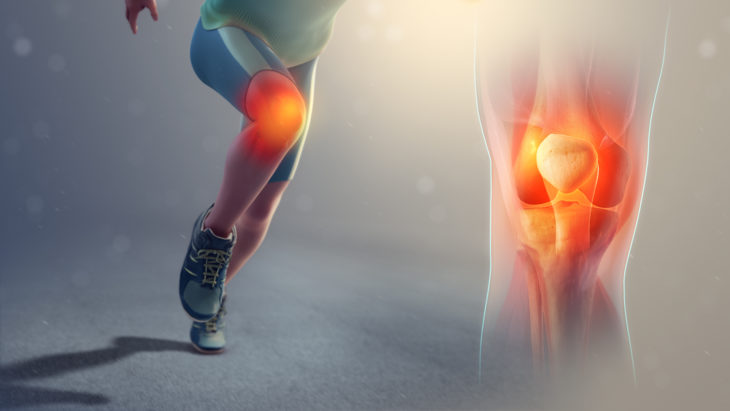Running is one of the best physical activities that you can do. It doesn’t require any equipment, can be done almost anywhere, and doesn’t cost any money. Compared to some of the other sports, for running you don’t need anything else than a good will and maybe a pair of running shoes, that is if you are really trying to get serious with it.
Running helps you work your entire body, mostly the legs, but the upper body works a bit as well. It’s one of the best ways to burn calories and stay in shape, especially if you are a person that’s a bit overweight and wants to shred a few pounds of fat within a few weeks.
However, running just like any other sport is not totally risk-free. Of course, the chances of injuring yourself while running are similar to finding a million dollars on the street, but they’re still there. Today we’re talking about the ITB Syndrome, which is also called Runner’s Knee amongst people that are not doctors.
What is the “Runner’s Knee”?

Source: webmd
This is a condition that some of the more serious runners experience at some point during their careers. It manifests with pain on the outside of the knee, but the symptoms can vary depending on the person. Because the symptoms can be quite different, depending on what the runner’s history is, doctors usually provide different therapies and treatments.
Some people think that the Runner’s Knee is a friction injury, but that’s not entirely correct. This injury is classified more as a compression injury. It causes pain from the compression of some of the highly sensitive tissues that lie beneath the ITB. One of the most common ways to get this injury is by running way too much in a small period of time. If you are a beginner runner, try to avoid over-forcing yourself. Know your limit. Downhill runners also experience runner’s knee injuries.
Treating the Runner’s Knee

Source: wikimedia
In order to treat this injury, you need to visit a professional physiotherapist. As suggested by physioinq.com.au, Shellharbour physio, some of the techniques that will be used will be modified loading, modifying foam rolling technique, and exercises like split squats and tons of plyometrics. Just like we mentioned before, the therapy will be different depending on what you were doing in the past. The therapist will ask you about all of your activity, what kind of running you were doing, how much were you running and on what type of terrain. We can’t really give you a clear routine that can be applied to everyone since, just like we said earlier, everyone’s body is different and requires different attention.
Some people think that they have the runner’s knee injury, but it might just be something else that’s not even remotely serious. This is common amongst new runners, especially those that ran some serious distance for the first time in their lives. Inflammation and simply feeling leg pain is normal after such a heavy session. It will get better over time. However, if it persists, definitely make sure to visit a physiotherapist.
